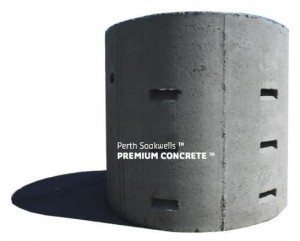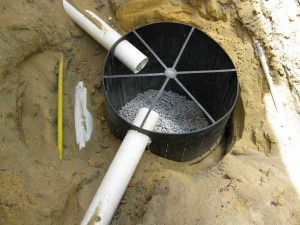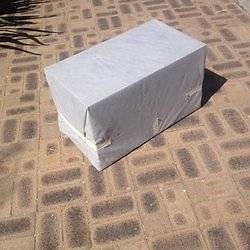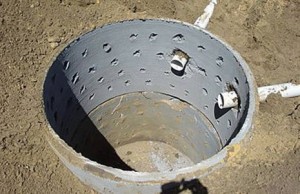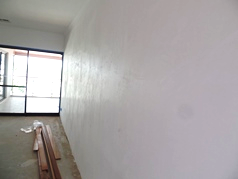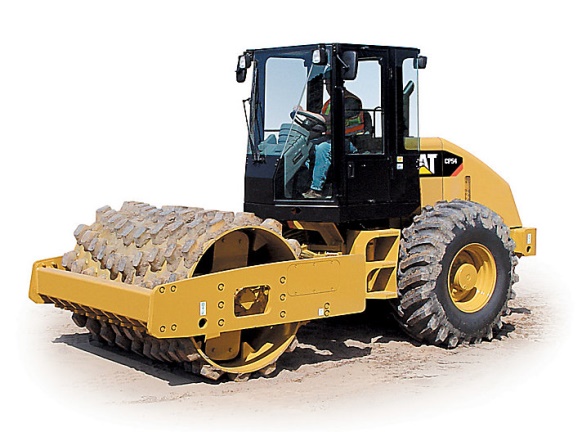
The Importance of Soakwells on Western Australian Properties
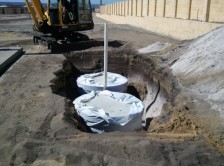
Dealing with rain water from downpipes on residential properties is often discarded as an insignificant issue by many homeowners, particular those who own older style properties. Ignoring this critical issue can have significant ramifications.
First things first: As a property, you are legally required to ensure that rain water on your property is effectively controlled on your property; you cannot direct rainwater onto your neighbour’s property or the street. In essence this means it is essential that every roof down pipe is feeding the water into either a freshwater tank or a soakwell drain on your property.
Simple? Not yet, most councils have very specific requirements for soakwells. It is important to understand that, as requirements differ from council to council, you must ensure that your soakwells not only conform to the Australian Standards but also your specific local council requirements. While the generic formula is a reasonable guide (measurement of roof area x .0125 = required soakwell volume) you need to ensure that your soakwells comply with your specific council regulations. Each council bases its regulations on a number of factors, such as the location of your property, land elevation, soil types etc.
Despite these regulatory requirements every week we inspect a large number of residential properties across Western Australia where water from down pipes is simply directed onto paths, gardens and driveways. The damage that rain water can cause both your and your neighbour’s properties can be significant. In many cases, you won’t see the damage until the cost to remedy has grown significantly.
What is a Soakwell?An effective soakwell is large enough and positioned in such a way that rainwater can run off into the system, preventing water from escaping the property boundary or settling under or near buildings. Soakwells are generally large porous vessels buried in the ground which capture a significant volume of water, enabling the water to subsequently settle into the ground and eventually joining up with the underground water table. The vessels can be constructed from plastic, fibreglass, PVC, concrete, brick, or more recently a framed structure covered with a soil resistant fabric. The type of soakwell used will be dependent on where the soakwell will be located and the type of traffic which is likely to pass over it or the type of structure which will be constructed adjacent to it.
Why is a Soakwell Essential?Forgetting the fact that managing rainwater on your property is a legal requirement, it makes absolutely no sense to cut corners with your soakwell system. When a volume of rain water arrives, you need the confidence that your soakwells will perform as required.
Rain water which is not effectively manged on your property can cause a range of issues. Apart from the obvious effects of erosion on your property and your neighbours, a build-up of water against your property can cause many issues including:
Unless you effectively manage rainwater on your property, you could be faced with carrying out extensive repairs and renovations to your home, both inside and out, above and below. However, if you install a soakwell system which is designed to accommodate the expected levels of rain water for your property, you are likely to avoid significant maintenance costs and avoid issues with your neighbours.
If you are in the process of carrying out a new build or buying a new home, it is also a good idea to have abuilding inspector check that soakwells have been installed to all of your downpipes.
- Erosion of house stumps and building subsidence
- Subsidence of footings and concrete pads
- Rising damp to walls and footings and flooring
- Wood rot
- And let’s not forget termites love a drink and you could be the key provider

